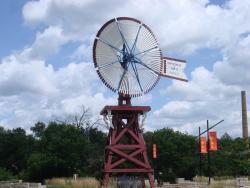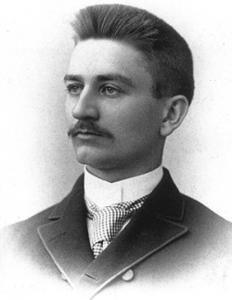1900s

In 1900 the United States Weather Bureau hired 34-year-old electrical engineer Reginald Fessenden to develop a wireless system that could distribute forecasts and relay meteorological data. The Canadian-born inventor, a protégé of Thomas Edison, former consultant for Westinghouse, and professor at Purdue and Western universities, moved his family to Spartan accommodations at the Weather Bureau station at Cobb Island, Maryland, 60 miles southeast of Washington, D.C., in the Potomac River.
While Thomas Edison’s 1879 lightbulb represented an epochal advance, it remained far from perfect: its carbonized cellulose filament gulped power. In 1905 managers at General Electric’s pioneering research laboratory in Schenectady, New York, decided to figure out a way to improve filament performance. They hired 32-year-old William Coolidge, a research assistant to Arthur Noyes at MIT’s Department of Chemistry.

On January 4, 1891, Herbert H. Dow succeeded in producing bromine electrolytically from central Michigan’s rich brine resources. In the years that followed, this and other processes developed by Dow and the company he founded led to an increasing stream of chemicals from brines. The commercial success of these endeavors helped to promote the growth of the American chemical industry.
The plaque commemorating the event reads:


